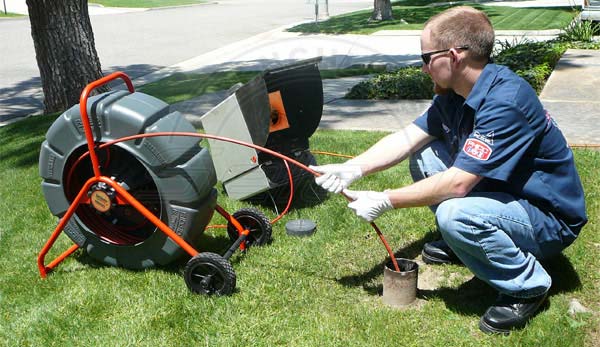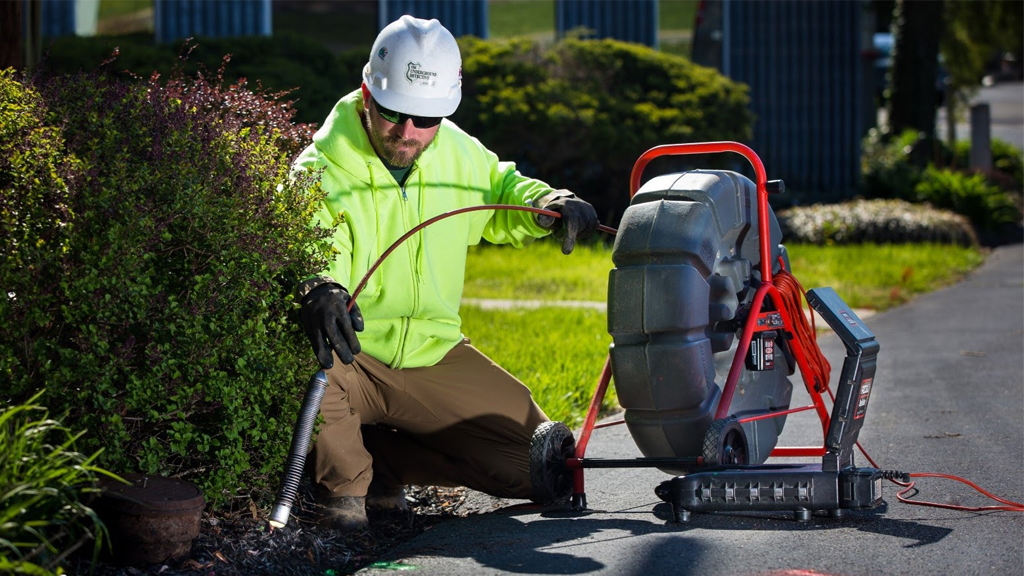A key component of the petroleum sector, well assessments guarantee that wells are operating safely and ideally. Historically, these assessments sometimes depended on conventional techniques that can be laborious and ineffective. The procedure of assessing wells has been transformed, though, by modern well video inspections equipment. For increasing accuracy, saving time, and lowering risks in well evaluation processes, it have become a great tool.
Visual Insights in Real Time
Video inspection technology gives well operators real-time, high-definition images of the interior of the well. This technology enables a thorough analysis of the state of the well, including identification of problems like obstructions, corrosion, and cracks that could otherwise go unnoticed. It provide a more complete picture of the well’s health than conventional techniques like logging, which could provide only limited data. The timely feedback from these checks allows for faster resolution of any possible problems, hence avoiding expensive delays or repairs later on.
Better Decisions with High-Quality Data
Historically, making important choices about well upkeep relied on partial or biased information. Video inspection technology gives operators access to high-quality, visual information that clearly shows a well’s condition. Real-time video analysis helps one to make better-educated choices regarding repairs, maintenance, or replacements. This increases the correctness of suggestions and lowers the probability of pointless interventions, hence maximizing good performance and prolonging its life.

Streamlined Workflow and Reduced Operational Interruption
Using video inspection technology has several other major advantages, including workflow simplification and hence reduction of operational disruptions. Often involving several stages, traditional inspection techniques can be somewhat time-consuming and include pulling machinery or thorough hand checks. Video inspections let more efficient assessments be done by reducing the need for physical intervention with the well. This minimizes downtime and maintains operations operating well while still offering necessary data on the well’s state.
Advancing the Future of Well Inspections
Its part in well evaluations will only get more sophisticated as video inspection technology develops. Video inspections are being pushed beyond their current limits by new advances in sensors, data handling, and analytics tools. Future developments will probably enable automation of several facets of the inspection process, thereby boosting accuracy and efficiency even further. In the years to come, these developments will help guarantee that well evaluations are quicker, more dependable, and more affordable.
The well video inspections are changing the way wells are evaluated by providing notable benefits in real-time information, decision-making, and operational efficiency. The possibility for ever more sophisticated and automated well inspections increases as the technology develops, hence guaranteeing better, safer, and more affordable well management in the future.


